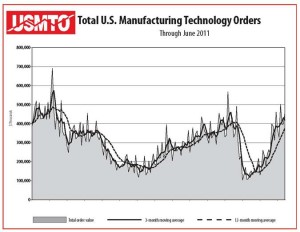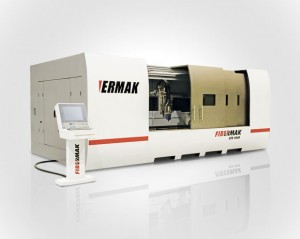
Yummy, delightful gold
Gold has been making headlines again recently, due mainly to the fact that as the rest of the economy crashes and burns, the value of gold just keeps going higher. At over $1800 per troy ounce, gold is once again proving that when things go south, gold goes north.
But why is it that gold is so precious? Although it has plenty of uses, on a purely practical level, iron, copper or aluminum are far more practical. If you were stuck on a desert island with only one type of of metal to rely on for your survival, chances are you wouldn’t pick gold.
Of course, the fact that gold is rare plays greatly into its role as a “precious” metal. The world’s holdings of gold accumulated through all recorded history only amount to around 120,000 metric tons. Compare this to the fact that in 1995, the average hourly output of steel was 10,500 tons. Whereas the average increase in the world’s gold supply is only around 2000 tons a year, American steel increases by around 10,500 tons per hour. Another way to look at this is that the totality of all available gold would fit inside a cube measuring 60 cubic feet. Its value would be more than $1.4 trillion.
It makes sense then that gold became the first form of actual money. But this still does not fully explain why it has always been considered to be so very precious. Independent of location, culture or time, gold has always been revered by every culture that had any access to it as an extremely coveted commodity.
This could have something to do with the inherent properties of gold. Gold is the most malleable and ductile of all metals. One ounce of gold can be drawn into a wire 50 miles long, or hammered into a thin translucent sheet 1000 times thinner than a piece of paper. Gold does not tarnish or corrode. Gold also occurs in a virtually pure state, whereas most other metals need to be extracted from ore-bodies. Gold has been found nearly everywhere in the world. Because it was first found in streams and rivers, the Egyptians thought it was a particularly dense combination of water and sunlight. The Incas called it “tears of the sun”. It is generally understood to be the first metal ever collected or used by humans. Its association with gods, immortality, power and wealth are common throughout history and to this day.
But this still does not explain why, in every place that gold was found, the humans decided it was very valuable. On a purely practical level, gold is not strong enough to use for weapons or utensils. Culturally speaking, this is in fact baffling, since the perceived value of nearly everything throughout history can be traced to its practical uses. With that in mind, why wasn’t iron or bronze the first form of money? After all, the discovery and use of iron helped create a quantum leap in human civilization, literally taking us out of the Stone Age.
The earliest texts and archaeological evidence prove that gold was not used for tools. In fact they prove the opposite: the first uses of gold were very similar to its predominant modern use: gold was used for ornamentation; or, in other words, jewelry. This makes sense, since both its properties and its appearance lend itself to such a thing. If I was a Stone Age Babe, I would definitely prefer a gold pendant over one made out of bones or teeth.
Historically and archaeologically, the common denominator of the uses of gold in human cultures has always come down to one simple concept: aesthetics. Gold is beautiful. Above its properties or its scarcity, this is the predominant fact that helps to explain its consistent role as a truly precious commodity. Turning it into money or a standard for world currencies came as an afterthought. Its original allure was the same that it has always been since: gold is really pretty. This also helps to explain why the concept of gold has also been equated with vanity and with greed: the concept of beauty has also been confused with these traits.
So call it vanity, or call it art appreciation. What is interesting here is that the role of gold throughout human civilization shows there is more at work in the human psyche than simply practical considerations. While it could be argued that the irreducible minimum of an appreciation for the “finer things in life” still aids our basest survival needs such as mating and procreation, this simply doesn’t jive with the subjective reality of our ongoing love affair with beauty. And while concepts of beauty have changed and varied through time and different cultures, gold seems to be one of those things that every human group has found to be very lovely indeed.
It could then be argued that the most valuable things throughout civilization, and indeed the human experience, are not the weapons and materials of war and “progress”, but rather those things that inspire us, even “for no good reason”.
It is nice to acknowledge this, as it proves that there is more that drives us than just our base animal instincts, as some would have us believe.
-Anja Wulf

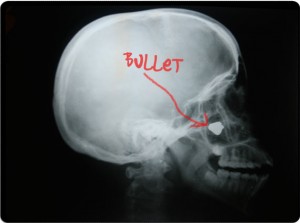
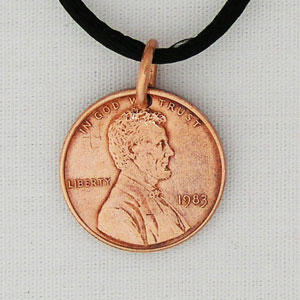

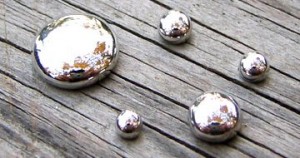
 I was looking through C Marshall Fabrication’s products on this website, and I have to admit, I was rather impressed by the ironworker machines. Forget even about what they can do: the name itself is pretty Old School tough-sounding. I just get the idea that if I was walking around with one, I wouldn’t have to worry about getting mugged in a dark alley. If I did actually run into any trouble, I could use my ironworker to shear, notch and punch holes into my enemy, assuming of course that my enemy was less than an inch thick. Quite a practical machine indeed, in addition to its cool name.
I was looking through C Marshall Fabrication’s products on this website, and I have to admit, I was rather impressed by the ironworker machines. Forget even about what they can do: the name itself is pretty Old School tough-sounding. I just get the idea that if I was walking around with one, I wouldn’t have to worry about getting mugged in a dark alley. If I did actually run into any trouble, I could use my ironworker to shear, notch and punch holes into my enemy, assuming of course that my enemy was less than an inch thick. Quite a practical machine indeed, in addition to its cool name.